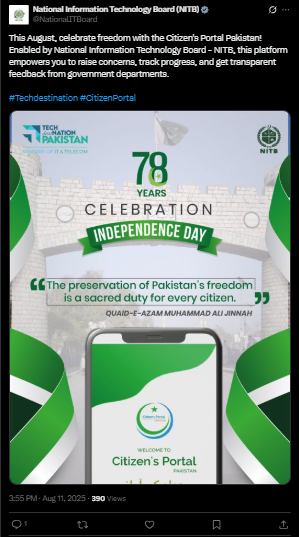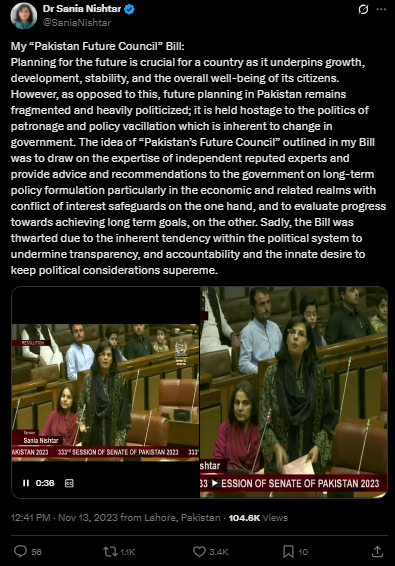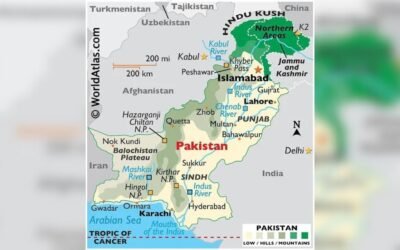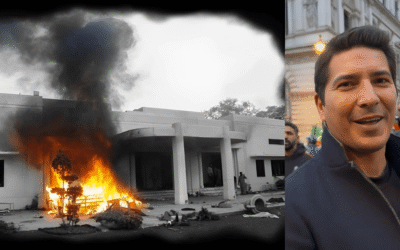In democracies, voting is often seen as the main way for people to influence their government. But between elections, policy-making often moves ahead without much public input. Many countries are now looking for ways to involve citizens more directly in shaping decisions. Digital tools are making this easier, but real participation is still rare and uneven.
Pakistan presents a mixed picture. The constitution supports public engagement. Laws like the Right to Information (RTI) and Right to Services (RTS) aim to give people a voice in governance. Local government reforms have created formal channels for citizen involvement. Yet, many people still find it difficult to take part in policy discussions, and even when they do, their contributions are not always acted upon.
The Promise of Engagement
Some countries have shown that citizen participation can lead to better policies. In Porto Alegre, Brazil, residents decide how part of the city budget is spent. Taiwan’s “vTaiwan” platform allows people to comment on draft laws online, and their input is often reflected in final legislation. Kenya’s open-data portals make government spending public, helping watchdog groups track misuse and corruption.
These examples prove that structured participation can make policies more informed and legitimate. In Pakistan, there are smaller-scale successes. Citizen Community Boards (CCBs) have supported local development projects, from building schools to improving roads. Informal community gatherings have influenced municipal priorities. Women’s quotas in local councils have created new opportunities for representation, especially in rural areas where women were historically excluded from decision-making.

Source: X/@NationalITBoard
The Barriers at Home
Information access remains one of the biggest obstacles. Many citizens do not know how policies are drafted, where to give feedback, or how to track decisions. Government departments often lack trained staff to manage consultations effectively. Political instability disrupts continuity, with projects abandoned when administrations change.
Marginalized communities face additional challenges. Rural residents, women, and low-income groups are less likely to be invited into policy spaces. Even where digital platforms exist, poor internet coverage and limited digital literacy mean many are left out. In a 2023 survey by the Pakistan Institute of Legislative Development and Transparency (PILDAT), only 14 percent of respondents said they had ever given feedback to a government body, and fewer than half believed it would make any difference.

Source: X/SaniaNishtar
Technology’s Role
Digital governance is not new. In the 1970s, governments began using computers mainly for record-keeping. The 1990s saw the launch of official websites to make information public. By the 2000s, online forms and e-services became common. Today, some countries use real-time data, interactive portals, and secure digital IDs to collect public feedback on policies in progress.
Estonia has gone the furthest, giving all citizens a digital ID that allows them to access services, vote, and comment on laws online. In Iceland, citizens participated directly in drafting proposals for a new constitution, with ideas gathered through social media and public forums.
You May Like To Read: Truth Under Siege: The Role of Journalism, Fact-Checking, and Ethical Media
Pakistan has made smaller moves in this direction. Punjab’s Citizen Feedback Monitoring Program collects reviews of public services through mobile surveys. Federal and provincial websites allow online complaints. Social media has become an informal space for political debate, but discussions are often fragmented, polarized, and vulnerable to misinformation.
Global vs Pakistan: Participation Mechanisms
| Mechanism | Global Examples | Pakistan Examples | Impact |
|---|---|---|---|
| Participatory Budgeting | Porto Alegre, Brazil | Limited in local councils | Directs funds to citizen priorities |
| Digital Law Consultation | vTaiwan, Taiwan | Few portals for draft laws | Improves policy relevance |
| Open Data Portals | Kenya’s contract tracking | Some provincial data portals | Increases transparency |
| Citizen Feedback Systems | Estonia e-services | Punjab mobile feedback program | Improves service delivery |
| Women’s Representation | Rwanda’s 61% female parliament | Quotas in local councils | Broadens inclusion |
Representation and Trust
Participation levels are not equal across society. OECD studies show that citizens with higher education and income are more likely to be active in policy consultations. Rural and low-income groups are less engaged, often because the process feels remote and inaccessible.
Trust in government is another barrier. Gallup Pakistan’s 2024 survey found that less than 24 percent of Pakistanis trust the national government to act in their best interest. Without trust, even well-designed participation programs struggle, as citizens doubt their voices will matter.
Measuring Impact
Public consultations only work if feedback leads to visible change. The Citizen Satisfaction Index in Pakistan is one positive step. It helps local governments track problems in service delivery and respond to them. In Canada, government reports explain how citizen feedback influenced final policy decisions, which builds credibility and encourages more participation.
Without such follow-up, engagement risks becoming tokenistic. Sherry Arnstein’s “ladder of citizen participation,” first published in 1969, warned against false engagement where citizens are consulted but have no real influence. Unfortunately, this remains a problem in many countries, including Pakistan.
You May Like To Read: How Social Media Algorithms Are Amplifying Divisive Narratives in Pakistan’s Public Sphere
The Way Forward
For Pakistan to strengthen citizen participation, three changes are vital:
- Institutional Strengthening – Train public officials in consultation methods and allocate resources for citizen engagement.
- Inclusive Access – Combine digital platforms with in-person forums, particularly in rural areas.
- Clear Feedback Loops – Show citizens exactly how their input has shaped final decisions.
Countries like Denmark and New Zealand demonstrate how sustained inclusion can be effective. Denmark organizes citizen conferences that advise parliament. New Zealand works with Maori councils to co-manage natural resources, ensuring indigenous voices are part of official decisions.
Pakistan can adapt such approaches to its own governance structures. Public hearings in provincial assemblies, citizen panels for municipal budgets, and online dashboards tracking policy changes could all increase accountability.
Pakistan’s journey toward deeper citizen participation is still in the process of evolving. Weak institutions, unequal access, and low public trust are slowing progress. Yet, examples from both within and outside the country show that these barriers can be overcome.
The real challenge is moving from symbolic consultation to meaningful collaboration. Citizens should not just react to policies once they are drafted. They should help design them from the start, ensuring decisions reflect the needs and aspirations of the people they affect.







